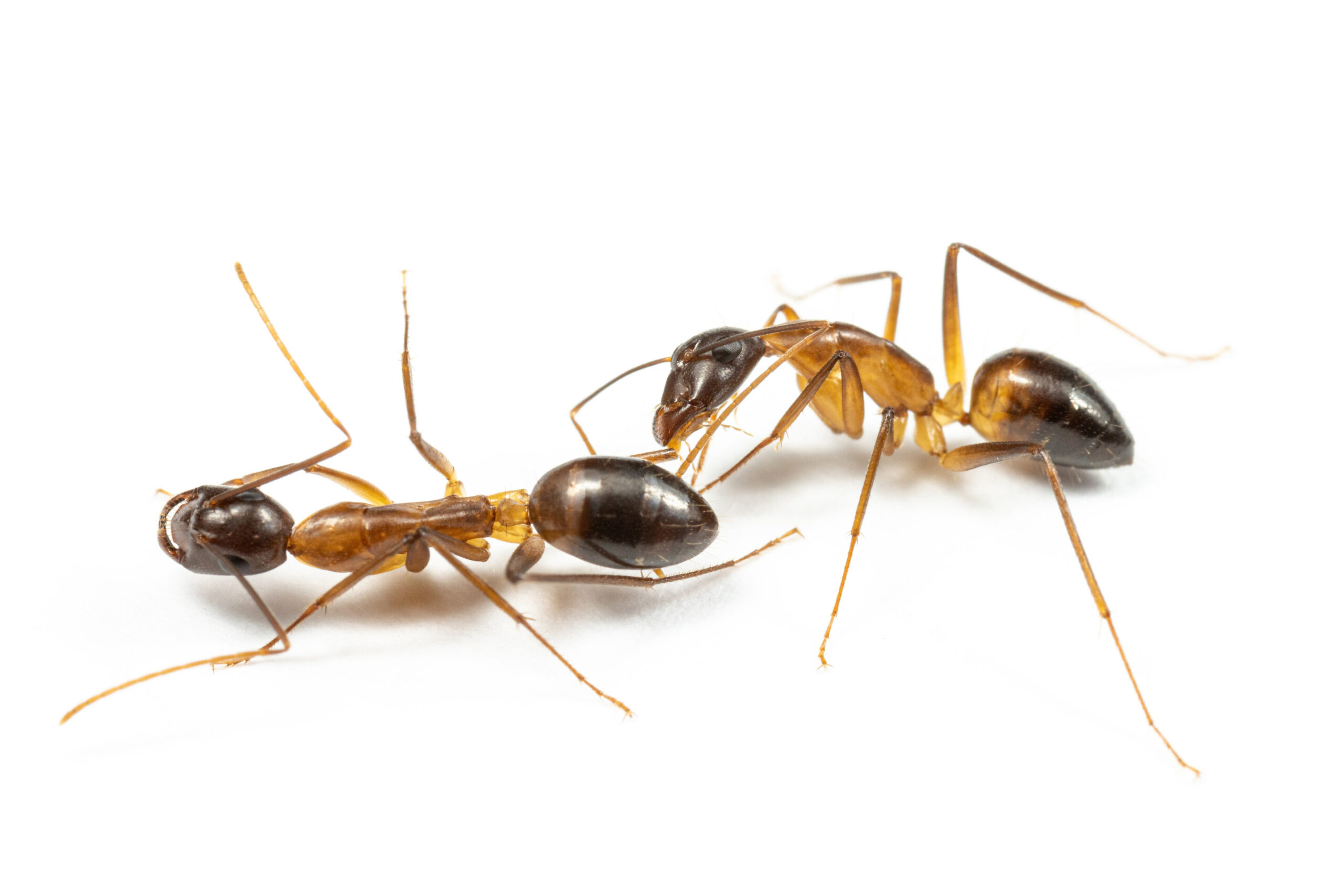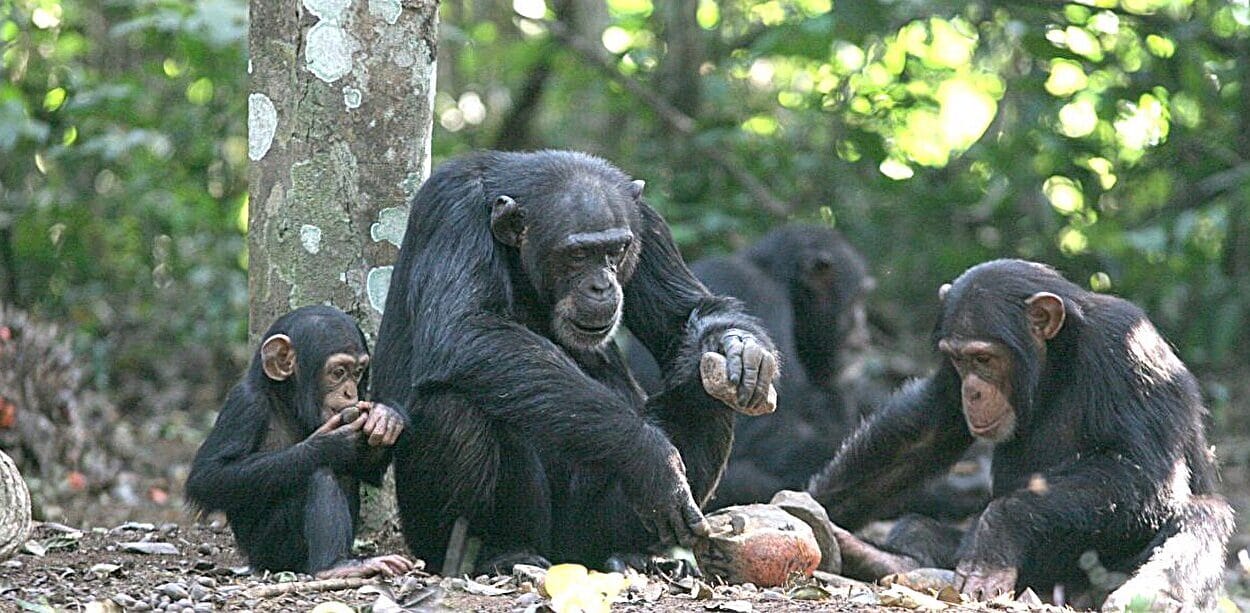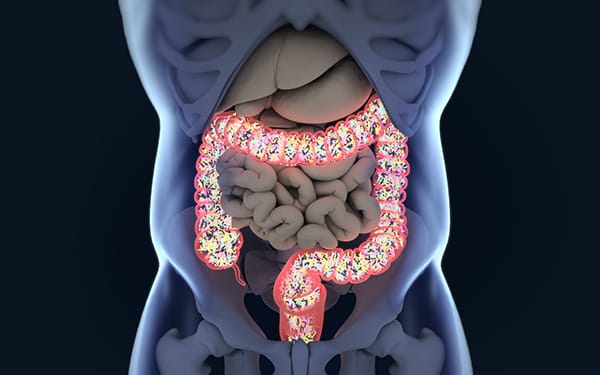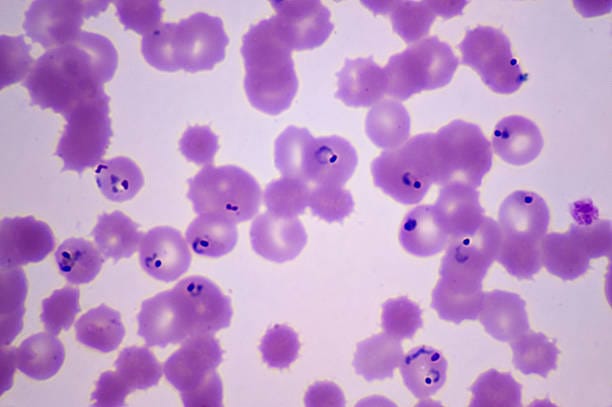Deep inside an ant colony, war and work leave bodies damaged. Legs are crushed in conflicts with rival insects or snapped during risky foraging trips. Where humans might weigh options, watch for infection, or consult expertise, one species of carpenter ant does not hesitate. It responds with a drastic, almost surgical decisiveness: it amputates the wounded leg on the spot.
This is not cruelty. It is survival strategy. New research shows that carpenter ants, Camponotus maculatus, routinely remove injured limbs from nestmates, amputating early and without hesitation — and in doing so, more than double the chances of survival for the wounded.
A Brutal but Effective Form of Medicine
Wound care is not rare in the animal kingdom. Wolves and big cats lick wounds. Primates apply plant compounds with antibacterial effects. Some ants even secrete antimicrobial chemicals to disinfect injuries.
What is uncommon is cutting away a body part before infection has even appeared. In the study led by Dr. Erik Frank of Julius-Maximilians-Universität Würzburg, workers observed injured nestmates and, using only their mandibles, bit off the damaged leg at the “shoulder” — the highest possible point — regardless of whether contamination was visible.
The logic resembles battlefield surgery rather than gentle healing: act before infection spreads, not after. In a dense colony of thousands of closely packed bodies, a single untreated infection could become a biological disaster.
Better Safe Than Sorry — Evolution Written in Behavior
The carpenter ants cannot afford diagnostic caution. They do not wait for swelling, odor, or discoloration. They amputate prophylactically, choosing certainty over risk.
Once infection takes hold internally, it becomes impossible to reverse. Ants lack antibiotics, sterile tools, or time. Their only defense is speed. The sharp, clean bite denies bacteria the time they need to spread through the body. What looks brutal through human eyes is, in evolutionary terms, precision.
Researchers found survival rates of wounded ants more than doubled when amputation was performed early, compared with ants left unattended.
Medicine Without Reasoning — Yet With Logic Like Ours
Humans amputate to save lives when infection, trauma, or circulation failure make a limb a liability. The carpenter ants do something astonishingly parallel: they remove the source of future danger when information is incomplete. There is no deliberation, no test, no step two. They treat uncertainty as threat.
This pattern of “cut first, save the organism” is — so far — unique among non-human animals. Bees disinfect, termites groom, Matabele ants medicate with secretions. Only these carpenter ants remove the limb itself as a preventive act.
The comparison to human triage is striking: in the absence of knowledge, choose the option that preserves life at the cost of a part.
The Social Cost of Infection in a Crowd
Ants do not behave to save individuals as individuals. They act to protect the colony — a single superorganism made of many bodies. A lethal infection in one worker is not a solitary tragedy; it is a potential epidemic that threatens genetic continuity.
In societies this dense, the logic shifts. Preserving the life of a worker preserves the labor force, reduces pathogen spread, and increases the colony’s fitness. Amputation is not mercy. It is infrastructure maintenance — brutal, efficient, necessary.
The Next Frontier: How Do Ants Decide?
Dr. Frank’s team is far from done. A new project led by Seiji Fujimoto will compare ant species that amputate with those that instead rely on antimicrobial treatments. Why do some species cut while others medicate? Do they combine strategies knowingly or by instinct? Is the decision shaped by ecology, anatomy, or evolutionary lineage?
To answer these questions is to probe something deeper: the origin of decision-making itself in systems without reason. Ants do not think in words, but they act with rules. Those rules resemble frameworks in our own medicine before microbes were even discovered: assume the worst, act early, save the life.
A Mirror Held Up by Insects
This research does more than reveal exotic behavior in a distant species. It illuminates how evolution can produce strategies startlingly close to our own, even in creatures without cortex or culture.
To see an ant sever the limb of a nestmate to prevent infection is to face an unsettling truth: intelligence is not the only engine of good decisions. Natural selection can teach bodies to do what minds would only later articulate.
In the damp dark of a nest, long before humans wrote medical textbooks or built hospitals, a form of preventive surgery was already being practiced — silently, efficiently, without hesitation, and backed by the fiercest judge in nature: survival.
More information: Seiji Fujimoto et al, Better safe than sorry: leg amputations as a prophylactic wound care behaviour in carpenter ants, Proceedings of the Royal Society B: Biological Sciences (2025). DOI: 10.1098/rspb.2025.1688






